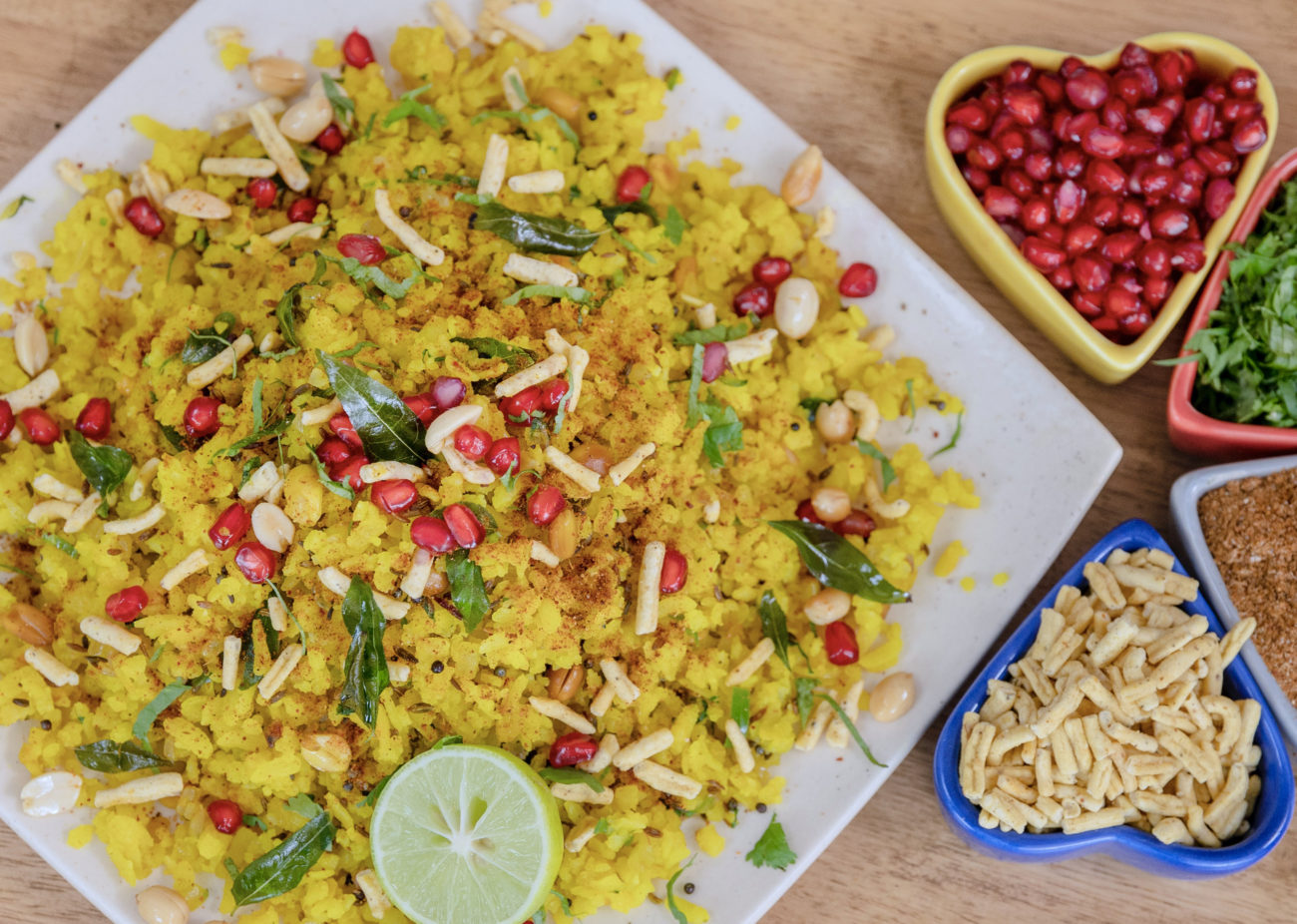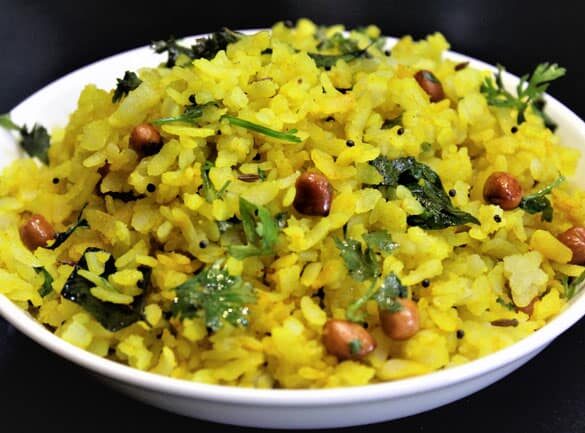Poha: A Taste of India's Delightful Breakfast
Poha: A Taste of India's Delightful Breakfast
Introduction
In the vibrant tapestry of Indian cuisine, Poha stands out as a beloved breakfast dish cherished across the country. With its delightful blend of flavors and textures, Poha has captured the hearts of food enthusiasts worldwide. In this blog, we embark on a culinary journey to explore the art of making Poha—a dish that celebrates the simplicity and warmth of Indian breakfast culture.
The Origin and Essence of Poha
Poha, also known as "flattened rice," traces its roots to Maharashtra, India, where it has been a breakfast staple for generations. Made from rice that has been parboiled, rolled, and flattened into delicate flakes, Poha's versatility and ease of preparation have made it a popular dish in various regions of India.
Ingredients:
To create a delicious serving of Poha, you'll need the following ingredients:
- 1 cup Poha (flattened rice)
- 1 medium-sized onion, finely chopped
- 1-2 green chilies, finely chopped (adjust to your spice preference)
- 1/2 cup green peas (fresh or frozen)
- 1 small potato, diced into small cubes
- 1/4 cup raw peanuts (optional)
- 1/2 teaspoon mustard seeds
- 1/2 teaspoon cumin seeds
- A pinch of asafoetida (hing)
- 6-8 curry leaves
- 1/4 teaspoon turmeric powder
- Salt to taste
- 1 tablespoon vegetable oil
- Fresh coriander leaves for garnish
- Lemon wedges for serving

Instructions:
Preparation: Rinse the Poha in a colander under running water until it softens. Let it sit for a few minutes to drain any excess water.
Tempering: Heat oil in a pan or kadhai over medium heat. Add mustard seeds and cumin seeds. When they start to splutter, add asafoetida and curry leaves.
Sautéing Vegetables: Add chopped onions, green chilies, and peanuts (if using). Sauté until the onions turn translucent.
Add Potatoes and Peas: Add diced potatoes and green peas. Cook for a few minutes until the potatoes are tender.
Seasoning: Add turmeric powder and salt to the vegetables, and mix well.
Incorporate Poha: Gently mix the soaked Poha with the seasoned vegetables. Be careful not to break the Poha flakes.
Cooking Poha: Cook the Poha mixture for 2-3 minutes on low heat, allowing the flavors to blend.
Garnish: Garnish with fresh coriander leaves, and serve hot with lemon wedges on the side.
Variations and Serving Suggestions
Poha can be customized to suit various tastes and dietary preferences. You can add grated coconut, chopped tomatoes, or pomegranate seeds for added texture and flavor. For a vegan version, skip the peanuts or use roasted cashews instead.
Poha is traditionally served with a side of hot chai (tea) or as part of a larger Indian breakfast spread that may include other dishes like Upma, Dhokla, or Idli.
Conclusion
Poha is more than just a breakfast dish; it's an emblem of the warmth and hospitality that characterizes Indian culinary traditions. From its humble origins to its widespread popularity, Poha continues to captivate taste buds and evoke memories of home-cooked meals. As we savor the delightful flavors of Poha, let us celebrate the rich tapestry of Indian cuisine and the joy it brings to those who savor its essence. So, the next time you wake up craving a taste of India, embrace the art of making Poha and savor its comforting flavors with every mouthful.

Comments
Post a Comment